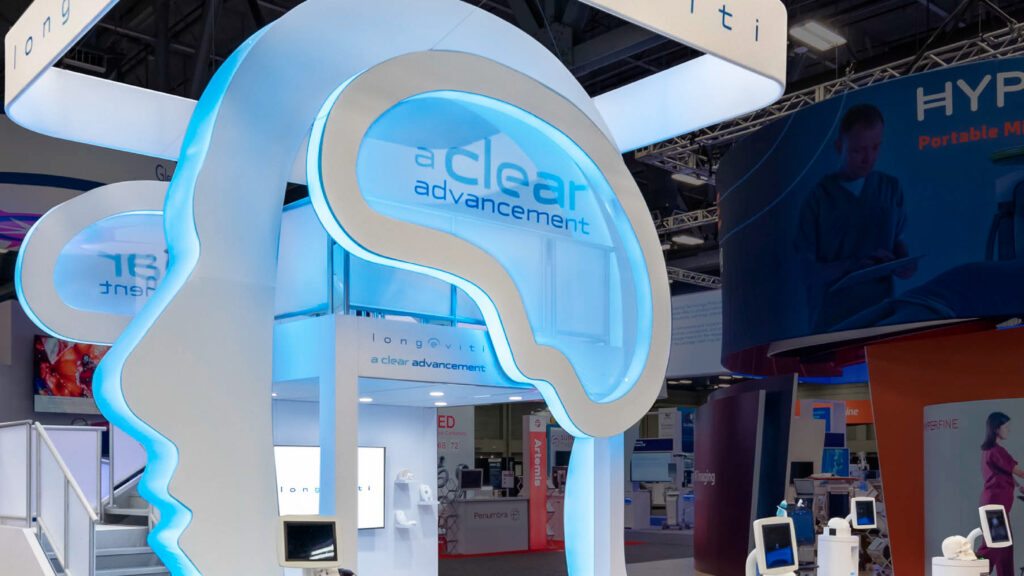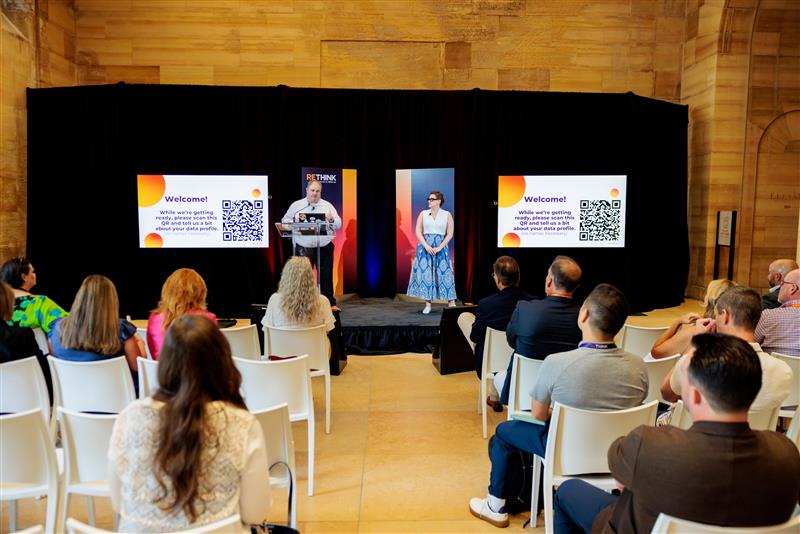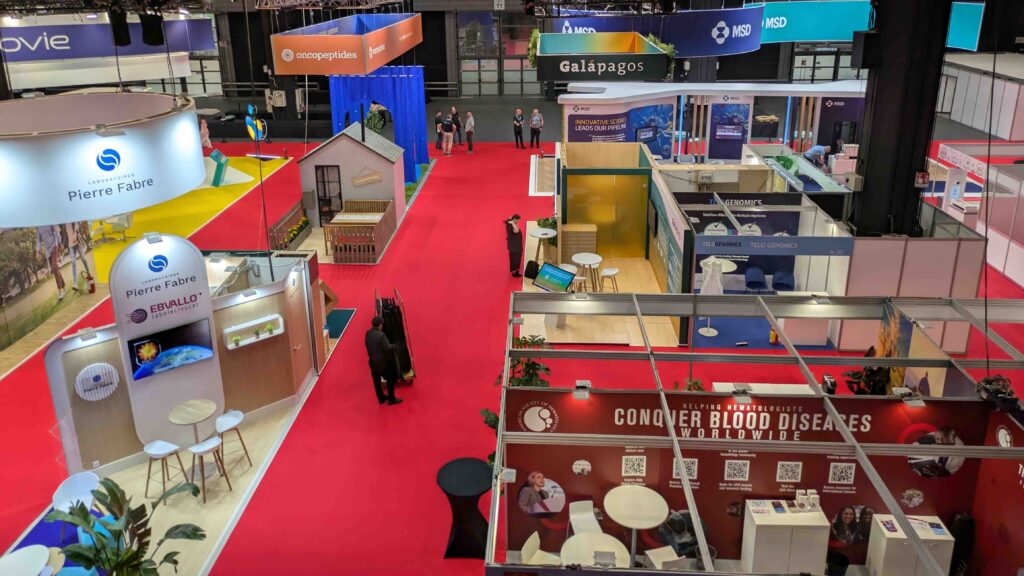For the past 15 years, Impact XM has been studying the behavior and preferences of healthcare specialists at congresses so that we can help our client optimize their engagement strategies. In our most recent study, we have shed light on the preferences of Heathcare Professionals (HCP’s) as we experience the rapid return of in-person congresses and events.
In this study, over 50 healthcare specialists from several specialties across the United States and Europe were interviewed. Our research methodology included:
- Specialties: Oncology, Hematology, GI, Respiratory, and Neurology
- It was required that the specialists had to have attended major congresses of their specialty at least five (5) times and visit the exhibit floor each time.
- Research was conducted through virtual interviews and used on-screen visual stimuli to elicit responses.
Findings
From our research, five key priorities emerged that life science companies should consider when strategizing their congress presence.

1. Congress Priorities and… Exhibits?
- The specialists told us they attend congresses for:
- First: Educational purposes to make sure that they up-to-date in their field.
- Second: For academic purposes, so they can share research with their practice.
- Third: Networking to connect with others in the field.
However, what was not mentioned at the top of the priority list was a visit to your exhibit. To get your company on their priority list, it is critical for your company to get on their agenda even before they walk on the exhibit floor.
Recommendations: Most HCPs begin planning their visit a month out so talk up your presence at the congress using short videos on social media by your leadership and KOLs. Have field sales drop cards with QR codes that link to your congress agenda.
After the congress post short video recaps of your company presence. Congresses are no longer a moment in time, they are a continuum, and it is important to think of your congress presence in the same way.

2. Surprise & Delight
After spending time in dense educational sessions, research revealed that specialists enjoy a journey through the exhibit hall that is an “escape” and “unpredictable.”
Recommendations: To leverage this sentiment, exhibiting companies should use an “anchor and twist” strategy – grab their attention by using visuals that are already anchored in the mind of what specialists know about a disease– then give it a conceptual twist around your message to intrigue them to find out more in your booth.

3. Design Matters
Visual stimuli were used in the interviews with specialists to elicit responses around exhibit environments they would want to explore. For example, a variety of architectural images were presented, and the specialists were asked “Which architectural design best represents a pharmaceutical company you would want to write a prescription for and why?”
Not only were the designs chosen interesting, but the rationales behind the choices were even more telling. For the designs they chose, they used adjectives to describe the environments such as “Established, Precise, Unpretentious, Strong, Cutting-edge, Stable, Solid, Corporate, Innovative, Novel, Committed, Responsible, Reassuring.” From this sentiment, it is clear that design (your exhibit, your experience) impacts how HCPs “see” your company and brand.
Recommendations: Is your brand solid and reliable? Or cutting edge and innovative? Ensure your exhibit design aligns with and reinforces your brand image and that your entire experience supports it in a cohesive and consistent manner globally.

4. Humans need Humans…Most of the time
With a growing focus on in-person events, the research has underscored the value of human-to-human interaction. When asked what they remember most about an exhibitor, it was usually a conversation with an exhibit staffer at an exhibit.
They had positive memories of conversations with exhibit staff because they were a dialog – not a sales pitch; that the staff could answer questions concisely, and they were friendly and respectful. However, the research also outlined that some specialists are mixed about how they prefer to engage at an exhibit, and some would rather browse on their own.
Recommendations: It is important for exhibitors to provide engagement options in their booth. First of all, make sure your staff is properly trained for the unique environment of congresses and thoroughly understand your messaging and narratives for the exhibit.
For those attendees who want to explore on their own, design your exhibit, graphics, and journey to be intuitive and self-guided. Ensure they can use their mobile phone to interact with and download content and can personalize content based on their interest.

5. Show your Purpose
Our research revealed that with congress attendance shifting to younger generations; there is a higher interest in understanding how companies are addressing climate concerns and health equities. These bigger social narratives need to be central to your exhibit strategies. It is no longer just about a product; it is about your company’s purpose, and how you are engaged and supporting patient communities.
Recommendations: More companies are building in patient support areas in their exhibits to explain their focus on the patient. Companies are executing in a more sustainable way with their exhibit – not just saying they are. Life science exhibitors are also elevating their purpose as a priority for their congress strategy and ensuring these narratives comes through in all their initiatives and tactics.
For more information about our healthcare research and how to ensure your congress strategy is optimizing HCP engagement, feel free to reach out to Impact XM at [email protected]






